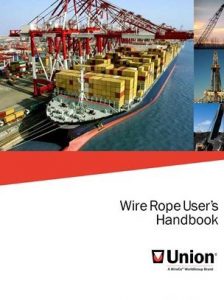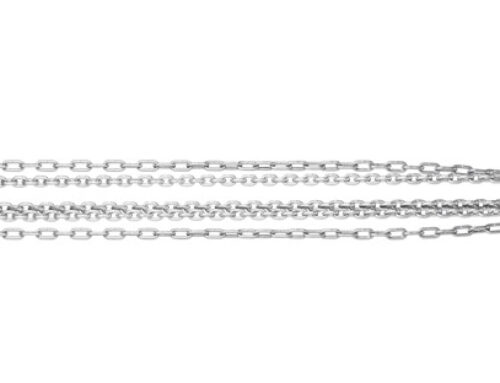It’s rare for a week to go by here at Industrial Wire Rope without discussions about tensile strength or working load limit. We take it for granted that most people in our industry know there is a difference in the meaning of these terms. Yet, these terms and others are highly interrelated, and we thought an overview of them on one page might be a helpful reference. For those who want to dive deeper into the definitions and how they apply on the job, we’re also providing links to sources with additional information.
Tensile Strength
Let’s start with Tensile Strength. As we described in a post from 2017, “Tensile strength is a measurement of the force required to pull something such as rope, wire, or a structural beam to the point where it breaks. The tensile strength of a material is the maximum amount of tensile stress that it can take before failure, for example breaking.”
In our immediate world, tensile strength is the force required to break the ropes we offer. Tensile strength is determined by testing. Obviously, it is different for every type of rope, being a function of the material and construction of each type.

Although tensile strength is a definitive quantity measuring the force required to break a rope, working load limit is a measure that takes a wide range of variables into account. And always, the tensile strength of a material is greater than the recommended working load limit.
Working Load Limit
The working load limit provides consideration for factors such as the abrasion, friction and rubbing the rope is subjected to, the variance in temperature extremes it is exposed to, harmful substances that may come into contact with it, age, and even knots in the rope. Working load limit is defined as “the maximum load which should ever be applied to the product, even when the product is new and when the load is uniformly applied”.
Working load limit is always a fraction of tensile strength, allowing for a generous margin of safety. For wire ropes, it’s common for the working load limit to be set at 20% of tensile strength. However, you generally don’t have to be concerned about doing the math on your own. Rope manufacturers typically mark the working load limit on the products, so the information should be readily available to you.
The Wire Rope User’s Handbook is a great resource for information about rope materials, construction and strength.

It includes a section beginning on page 30 on “how to extend rope service life”. Below are just some of the factors to consider:
• the manner in which you install and “break in” your new rope
• the operating technique and work habits of the machine operators
• physical maintenance of the rope throughout its service life
• physical maintenance of the system in which your rope operates
If you ever have questions about working load limit or other safety issues related to your industrial wire rope, we’re here to answer them.





